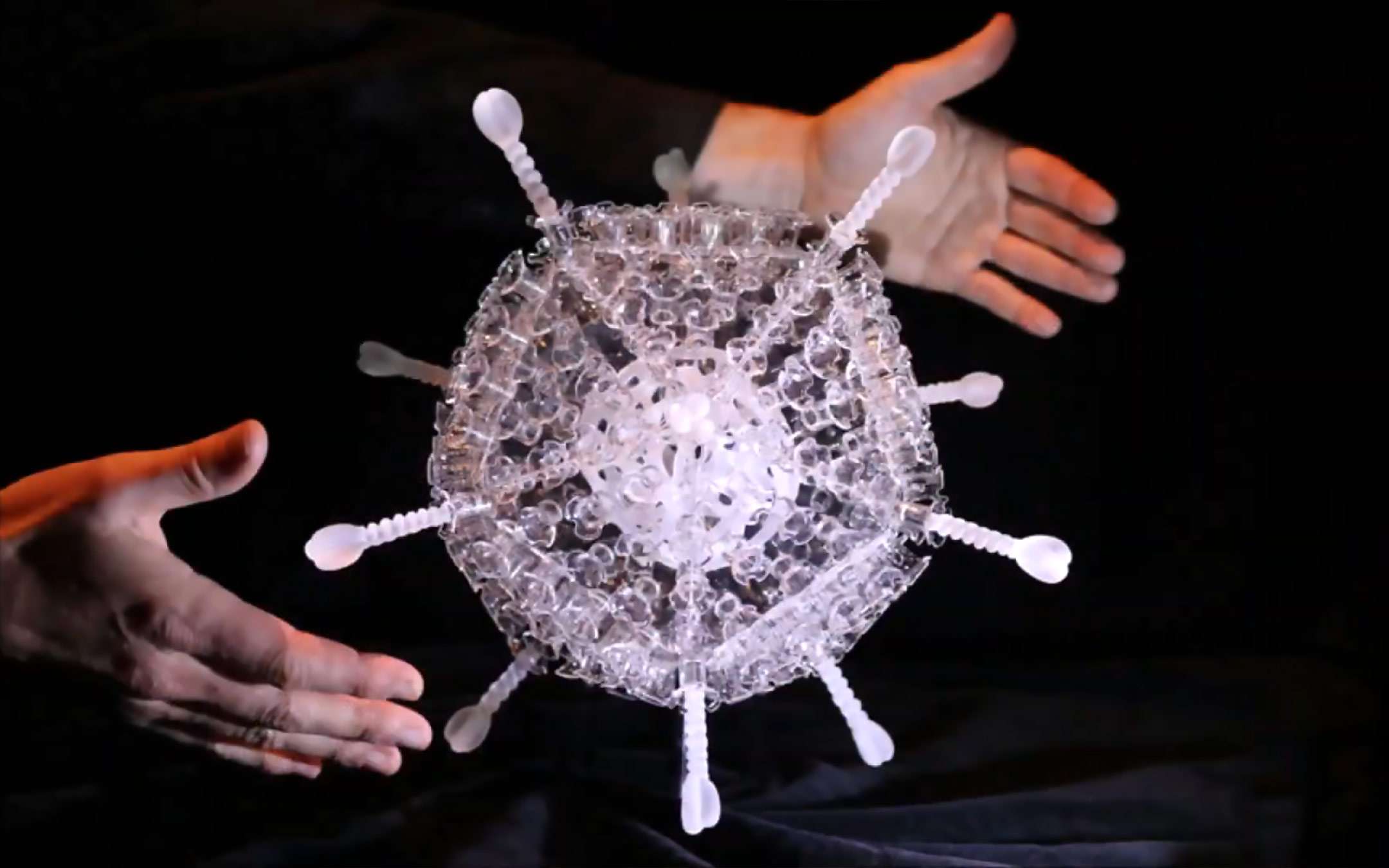
Luke Jerram transforms the AstraZeneca vaccine into a work
The work has a diameter of about 34 centimeters and was created to celebrate the 10 million vaccination threshold in the UK. Jerram himself was infected with the coronavirus in November and despite his recovery he claims that he has not yet fully recovered his sense of smell and that he has hearing problems. These are his words.During rehabilitation it was clear to me that the next work would be dedicated to the vaccine, our way out of this global crisis, as a tribute to the scientists and medical teams who have worked collaborating all over the world in the fight against the virus.
The choice of the material used is not accidental: it is the same type of borosilicate glass used by researchers for laboratory instrumentation.
Five copies of the work have been created, put up for sale in order to raise funds for the Doctors Without Borders campaign to fight COVID-19. In March of last year he had reserved the same treatment for the pathogen responsible for the pandemic (in the image below), raising about 20,000 euros for the same cause.
Source: Luke Jerram